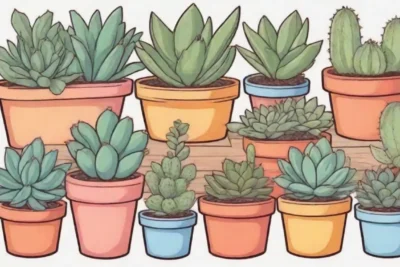
Understanding Different Types of Spades for Succulent Soil
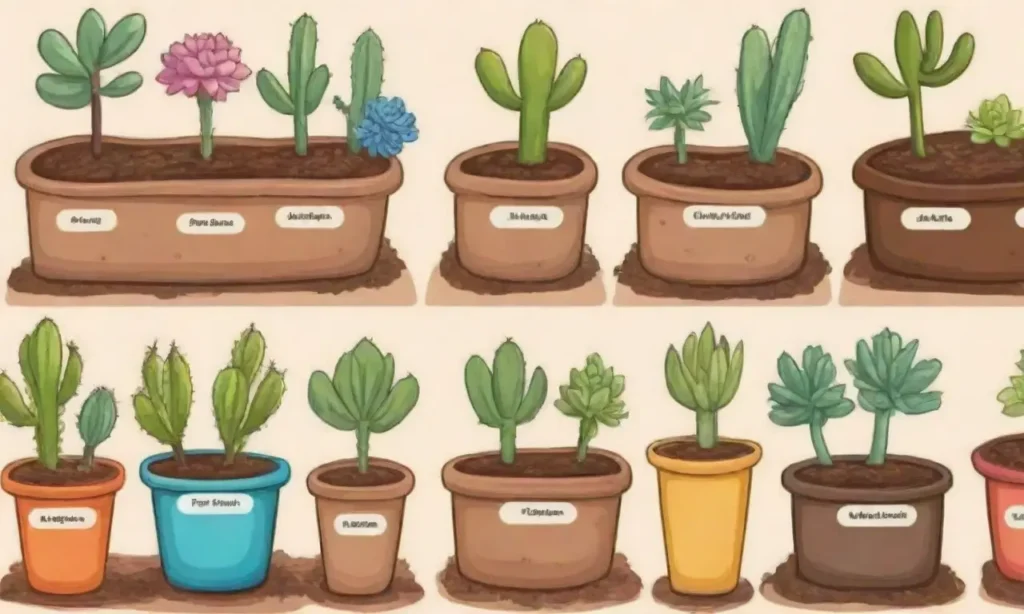
Introduction
With the popularity of succulent plants soaring in recent years, understanding how to properly care for them has become essential for both novice and seasoned gardeners. Succulents are unique plants that store water in their leaves, stems, or roots, making them especially suited to arid environments. However, to ensure that they thrive, it's crucial to provide the right soil composition, drainage, and care techniques. One often overlooked aspect of succulent care is the tools used for soil preparation and plant maintenance. In particular, spades come in various shapes and sizes, each designed for specific soil types and tasks.
In this article, we will delve into the various types of spades available for succulent soil preparation, their unique features, and how to choose the right one for your gardening needs. We will explore why the choice of spade can be crucial in ensuring the health and longevity of your succulents, how the right tool can make gardening more enjoyable, and tips for maintaining these tools for long-lasting use.
Importance of Soil Composition for Succulents
The foundation for any plant's health is its soil. For succulents, specifically, the right type of soil is vital for their drainage and aeration needs. Unlike many other plants, succulents do not thrive in waterlogged soils, which can lead to root rot and other detrimental issues. Consequently, understanding the significance of soil composition is paramount.
The optimal soil for succulents is usually a well-draining mix that allows excess water to escape quickly while retaining just enough moisture for the plants to absorb. Many gardeners choose to create a custom soil mix that includes potting soil, perlite, or coarse sand. Each of these components plays an integral role in not only moisture retention but also soil aeration, contributing to a healthy root system.
With the right soil mix, succulents are more likely to flourish, showcasing vibrant colors and robust growth. Plants that are planted in appropriate soil are more resilient to pests, diseases, and variations in climate. Therefore, investing time and energy in understanding soil and its needs can pay significant dividends in the health and beauty of your succulent collection.
Different Types of Spades for Succulent Care
When it comes to the proper gardening tools, spades are indispensable. However, when selecting a spade for succulent care, it’s important to recognize that not all spades are created equal. Several factors, such as the blade's shape, size, and material, can significantly affect your gardening experience and the health of your plants.
Hand Trowels
One of the most common tools for planting succulents is the hand trowel, which is primarily designed for digging small holes or moving soil in confined spaces. Hand trowels typically feature a small, shovel-like blade, which makes them particularly useful for maneuvering around delicate root systems.
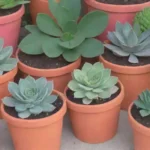 Finding the Right Gloves for Your Succulent Gardening Tasks
Finding the Right Gloves for Your Succulent Gardening TasksThe compact size of a hand trowel allows you to easily amend or adjust the soil in pots that house succulents, giving you better control and precision. They are often made from sturdy materials such as stainless steel for durability, which is essential when working in dense soil. Additionally, hand trowels come with comfortable grips, making them easy to hold, which is especially advantageous for extensive gardening tasks.
When selecting a hand trowel, consider ergonomics. A good hand trowel should feel balanced in your hand and should not cause strain, especially if you're working with multiple plants or adding new ones to your collection.
Garden Spades
For those who may be working in more expansive garden beds or repotting large succulents, a garden spade is a fantastic tool. Unlike hand trowels, garden spades feature larger, broader blades, designed for digging, lifting, and turning the soil effectively. This tool is essential for breaking up compacted soil, which can often pose problems for succulent root penetration.
Garden spades are useful for mixing large batches of soil, particularly if you're creating a custom soil mixture with sand, perlite, and organic matter. A garden spade also excels at transferring soil from one location to another, making it easy to fill pots or amend garden beds without the risk of spillage. When choosing a garden spade, look for one with a sturdy handle and a blade that is resistant to rust, ensuring longevity and performance over time.
Bulb Planters
While spades and trowels are great for moving and mixing soil, bulb planters specifically target the task of creating holes for planting. Although primarily designed for bulbs, these tools can be incredibly useful for succulents that require specific planting depths.
A bulb planter is often tapered and features a cylindrical shape, allowing for easy insertion into the soil. This makes it particularly useful for succulents that require precise planting depths, as it can create uniform holes without disturbing surrounding soil. Additionally, some bulb planters come with a handle that allows you to press down into the earth with less effort, making gardening much easier on your hands and back.
When selecting a bulb planter for succulents, consider a model with a comfortable grip. Ease of use is vital, as you may find yourself planting multiple succulents in different areas of your garden or container arrangement. A well-designed bulb planter will minimize fatigue, allowing for a more comfortable planting experience.
 Unconventional Gardening Tools That Work Wonders for Succulents
Unconventional Gardening Tools That Work Wonders for SucculentsTips for Choosing the Right Spade
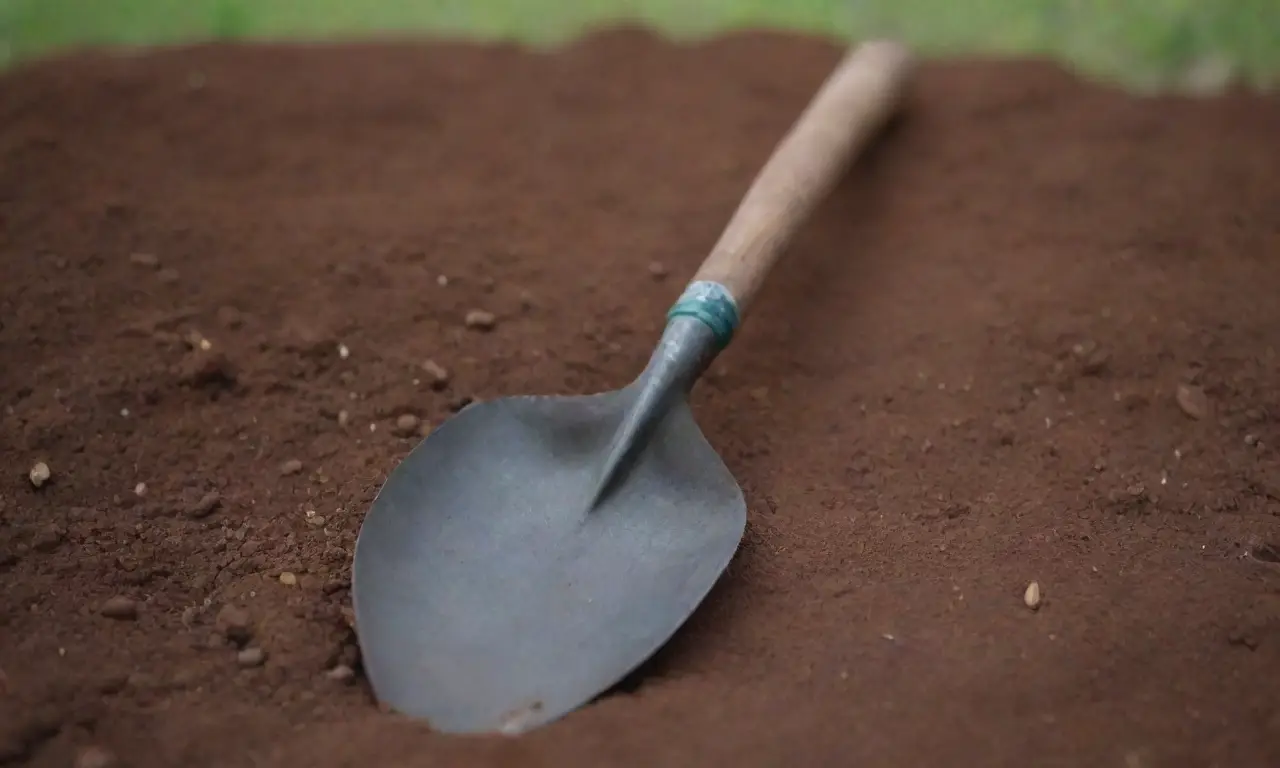
While understanding the types of spades available for succulent care is important, knowing how to choose the right one for your specific gardening needs can make a world of difference. Various factors come into play, from the size of your plants to the scope of your gardening tasks.
Assessing Your Gardening Needs
Start by evaluating the types of succulents you have and where they are planted. If you primarily grow succulents in small pots, a hand trowel would likely suffice. Conversely, if you own larger specimens or maintain a succulent garden bed, investing in a garden spade would be more beneficial.
Additionally, if your gardening involves frequent repotting, consider a bulb planter as a creative solution for hole-making, particularly if you want to achieve uniformity in planting depths. The right tool can save time and reduce the effort you put into your gardening tasks.
Material Matters
The material from which your spade is crafted affects both its longevity and performance. Stainless steel is often considered the best option, as it won’t rust and can withstand the elements while still being lightweight. Other materials, like aluminum, can also be effective but may not be as durable in the long run. Don’t forget to pay attention to the handle material as well; wooden handles provide comfort but may require more care to prevent degradation, while fiberglass handles can offer sturdiness and reduced weight.
Ergonomics and Comfort
Gardening can involve a considerable amount of time spent on your hands and knees, so the comfort of your tools cannot be neglected. Look for spades that feature ergonomic designs which promote natural hand positioning and reduce strain. Soft-grip handles are also a bonus, as they can help alleviate blisters and fatigue during prolonged use.
Conclusion
Having the right tools for succulent care can dramatically affect not only the health of your plants but also your enjoyment of gardening. With various types of spades available, understanding their functions and characteristics sets the stage for success in creating a thriving succulent garden.
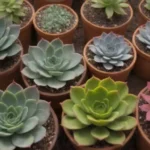 The Ultimate Guide to Succulent Fertilizers and Dispensing Tools
The Ultimate Guide to Succulent Fertilizers and Dispensing ToolsThe balance between your chosen tools and your gardening goals will make all the difference. Whether it's the precision of a hand trowel, the versatility of a garden spade, or the efficiency of a bulb planter, selecting the right tools tailored to your needs will transform your gardening experience.
Moreover, regularly maintaining your gardening tools extends their lifespan and keeps your gardening tasks efficient and enjoyable. Cleaning your spades, helping to prevent rust, and sharpening blades periodically will ensure that they are always ready for use.
In conclusion, as you embark on your journey of succulent care, remember that the right spade will not only aid you in your gardening combats but will also allow your succulent plants to flourish, providing you with joy and beauty for years to come. Happy gardening!
If you want to read more articles similar to Understanding Different Types of Spades for Succulent Soil, you can visit the Gardening Tools category.

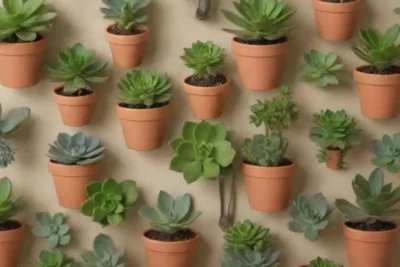
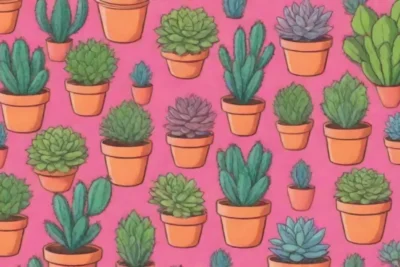
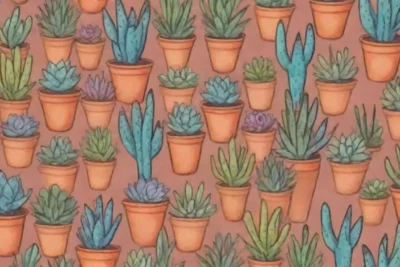
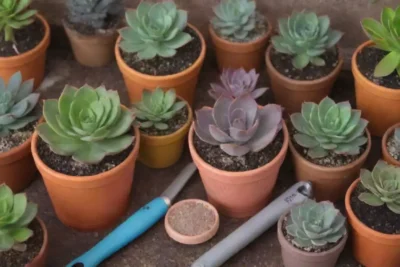
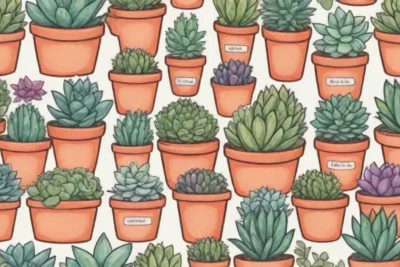
You Must Read